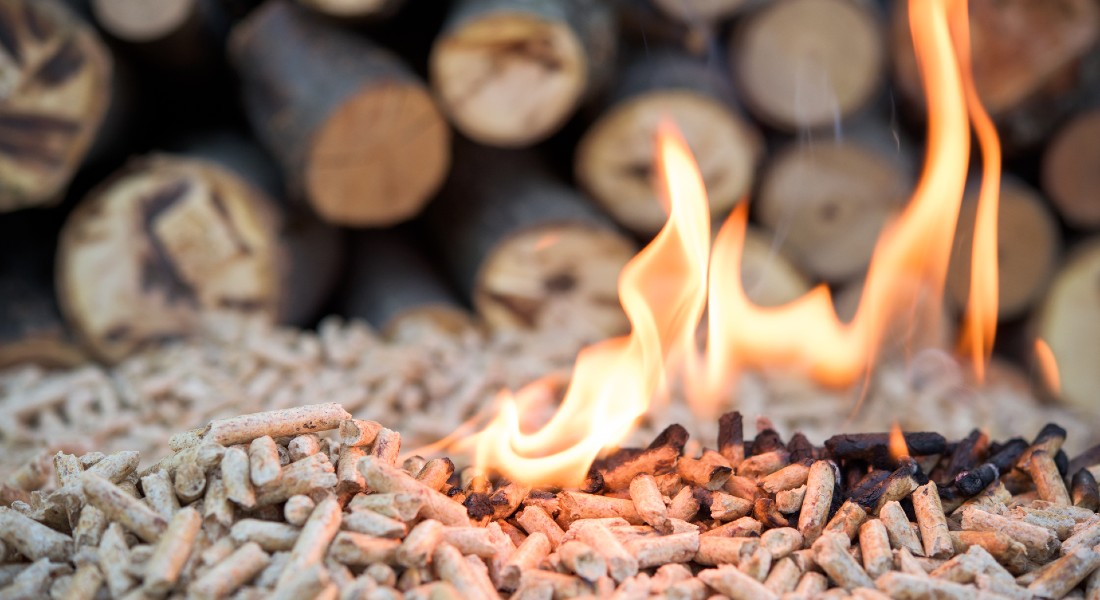Bio-what? Half of Danes don’t know what biomass is
Nearly half of Danes have never heard of Denmark’s largest source of renewable energy. The finding, reported in a study from the University of Copenhagen, is the first to explore Danish attitudes to woody biomass as an energy source. According to the researchers behind the study, this lack of awareness needs to be addressed by politicians and decision-makers.

Woody biomass accounts for 48% of Denmark's total renewable energy supply, making it the nation’s largest source of renewable energy by far. And as for now, it appears as if Danish combined heat and power plants (CHPs) will be making use of biomass for many years to come.
Still, nearly half of Danes have never heard of woody biomass as an energy source, according to the first study of its kind, conducted by researchers at the University of Copenhagen.
Biomass has become a debated topic in recent years, but mainly among politicians, researchers, NGOs and those in the energy and forestry sectors. Some see it as a good alternative to fossil fuels – at least as an interim solution during the green transition. Others argue that woody biomass is unsustainable, even when biomass is considered CO2 neutral, primarily due to CO2 emissions when it is burned, but also due to the potential negative impacts on biodiversity and because the majority of biomass is imported.
"We wanted to find out what the Danish public thinks about woody biomass for energy because we don’t see people engaging in the existing debate and because their perception has never been studied. To our surprise, 45% of all participants had never heard of woody biomass prior to our study," says Paula Ugarte Lucas, lead author of the study and a PhD student at the Department of Food and Resource Economics.
Danes care about sustainability, but are undecided about biomass
The study, published in the journal Renewable Energy, also shows that 45% of Danes are undecided about whether woody biomass should be used as a substitute for fossil fuel-based energy. This is in contrast to European and American studies that show clear support for the use of woody biomass. For participants, the main reason for this inconsistency is that they lack sufficient knowledge to form an opinion.
"It's a complex issue with plenty of disagreement, even among those who know about it. So, it's not surprising that the public has a hard time taking a stance. However, it is problematic that so many Danes haven’t heard about an energy source that has been used for decades and on which a very large part of Denmark's green transition is based," says Paula Ugarte Lucas.
The study also reports that Danes are deeply concerned about sustainability and climate. 78% of participants reported that they are concerned about climate change to either a moderate, high or extreme degree, and that they prioritize climate and environmental concerns over economic growth. Also, the majority of participants agree with the arguments that biomass should only be used if done sustainably and without negative impacts on forests and biodiversity.
"The figures from the study are interesting in themselves. They prompt decision makers and the energy sector to consider: Should we be concerned? Do we need to engage the public with this topic? Would not doing so be undemocratic? It is important to point out that considerations about sustainability appear to play a major role for the public, even though many people don’t know what biomass is," says Associate Professor and co-author Christian Gamborg of the Department of Food and Resource Economics.
As such, he thinks that it would be helpful for the debate to move into the public sphere a bit more, but that the solution is probably not to simply bombard people with information. The results also indicate that there is an obvious need to tighten sustainability requirements even further.
"It's a signal to politicians and other decision-makers. If we want to turn a few knobs in the green transition phase, and want popular support, here are a few clues about what considerations the public thinks are important – biodiversity and sustainability. Then, you can adapt your policy to this by minimizing the climate and environmental costs of biomass, e.g. in relation to where wood pellets are imported from," concludes Christian Gamborg.
ABOUT WOODY BIOMASS
- Woody biomass accounts for 48% of Denmark's total renewable energy supply. Denmark's consumption of solid biomass (wood, straw and biodegradable waste) for energy purposes has increased from almost 40 PJ in 1990 to 157 PJ in 2018. The majority (75%) of solid biomass is woody biomass, and the majority of that is wood pellets (source: biomasseanalyse_final_ren.pdf (ens.dk))
- Denmark is the EU’s largest importer of woody biomass. More than half of Denmark’s total consumption is imported. The majority (just over 60%) of imported woody biomass comes from other EU countries, but a significant amount (just under 40%) comes from outside the EU (source: biomasseanalyse_final_ren.pdf (ens.dk))
- In 2020, the Danish Parliament introduced a legal requirement that woody biomass used in Denmark must be documented as sustainable. Among other things, this means that the biomass must come from legally felled trees and that felled trees must be replanted. The legal requirements have been met with criticism from NGOs and others who believe that the agreement is insufficient.
Contact
Paula Ugarte Lucas
Department of Food and Resource Economics
University of Copenhagen
paula@ifro.ku.dk
+45 35 33 43 57
Christian Gamborg
Associate Professor
Department of Food and Resource Economics
University of Copenhagen
fc@ifro.ku.dk
+45 35 33 33 42; +45 20 45 53 83
Maria Hornbek
Faculty of Science
University of Copenhagen
maho@science.ku.dk
+45 22 95 42 83
